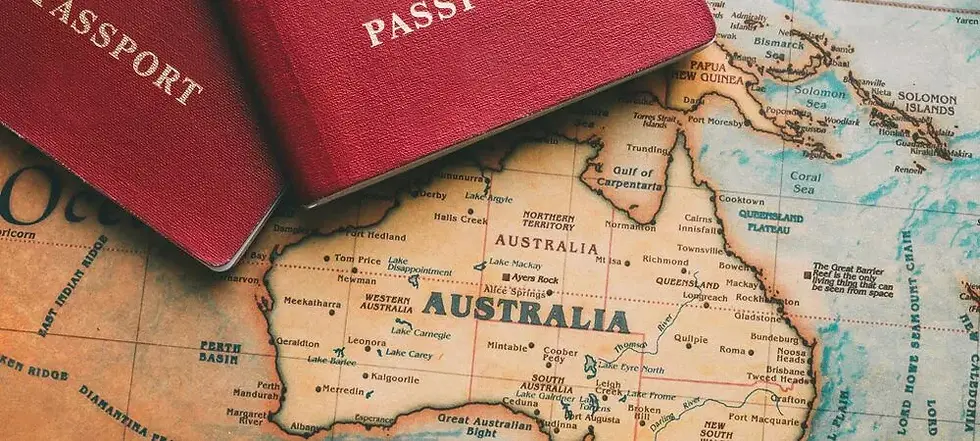Reflection
- Rebecca Lin
- Oct 9, 2022
- 2 min read
The Australian Immigration Museum can be the first choice to support Grade 5 and 6 students to learn about Migration in their history unit. I highly recommend students have an excursion to spend one to two hours visiting there, and they will find there are more things that they haven't or won't have a chance to learn from the class. Cullen (2005) states that providing students with off-site learning experiences allows them to have an immersive experience of their key learning areas, specifically history.
History knowledge can be built up from textbooks, but can not build up by only learning from textbooks. A new history textbook will replace the previously contentious one. Although the curriculum remains the same they found that the new textbook is a backward step (Gabrijelcic, 2015), which means some historical content can be missing in the new textbook. In this case, the Australian Immigration Museum can provide students with a ‘visual textbook’ and never a 'backward step’.
Another reason that I encouraged students to learn ‘migration’ by visiting the Australian Immigration Museum is that the place can provide us with plenty of extended activities to learn about this topic after visiting. They have some good ideas of teaching and learning resources that we can use to extend students’ learning on ‘migration’. Many museums offer programs for schools and introductory courses for professional teachers (Seligman, 2014). Teachers can also make up some ideas to reflect on what students have learnt from there, and I believe they will have many ideas and thoughts they want to share with the class.
Place-based learning experiences consider the learners’ different ways of learning within a classroom environment. Gardener's Multiple Intelligence Theory has further supported this point, which highlights the need to consider the various ways that individuals learn (Brualdi, 1998). For some of the students, place-based learning and visiting a community resource, like the Australian Immigration Museum, supports students to make deeper and more meaningful connections with HASS curriculum content (Whitty, 2005).
Visual learning can develop students' thinking skills (Jamal, 2016). Visual information is mapped better in students’ minds (Williams, 2009). Visual learning is defined as the building of knowledge and learning things from visual formats, therefore, a place-based learning experience can be one of the visual learning experiences. Jamal (2016) states learners can understand information better in the classroom when they see it. The visual learning environment can support students to think critically because they can draw the image in their heads to compare what they have seen to what they should believe. Students can become independent and confident learners if teachers provide them with more chances to learn in a visual learning experience just like Australian Immigration Museum.
Migration is a big topic in students’ history learning, students should be encouraged to use multiple educational tools to support them to explore what has happened in the past 70 years. Fortunately, they can find these powerful tools at the Australian Immigration Museum. This experience can be a ‘visual textbook’ to recall the stories of migrated people, and also as an ‘interview’ which can gain plenty of real historical knowledge from them.
Words count: 521






Comments